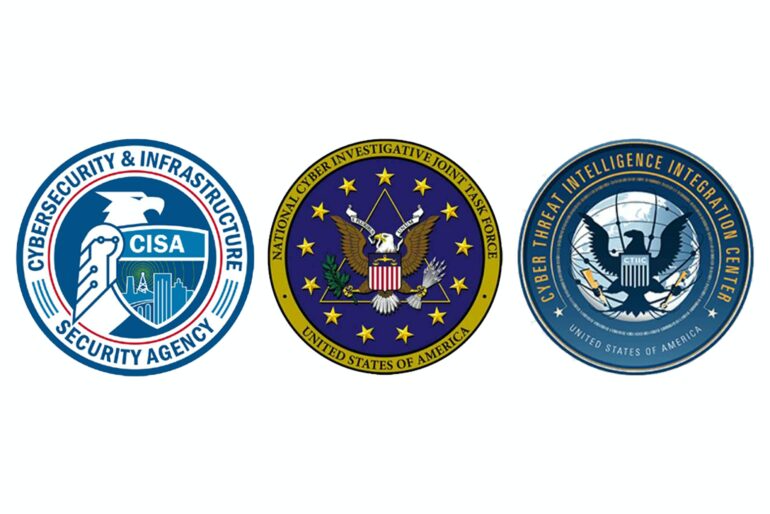The Biden administration released its first National Cybersecurity Strategy on March 2, 2023. The last version was issued in 2018 during the Trump administration.
As the National Security Strategy does for national defense, the National Cybersecurity Strategy outlines a president’s priorities regarding cybersecurity issues. The document is not a directive. Rather, it describes in general terms what the administration is most concerned about, who its major adversaries are and how it might achieve its goals through legislation or executive action. These types of strategy statements are often aspirational.
As expected, the 2023 Biden National Cybersecurity Strategy reiterates previous recommendations about how to improve American cybersecurity. It calls for improved sharing of information between the government and private sector about cybersecurity threats, vulnerabilities and risks. It prescribes coordinating cybersecurity incident response across the federal government and enhancing regulations. It describes the need to expand the federal cybersecurity workforce. It emphasizes the importance of protecting the country’s critical infrastructure and federal computer systems. And it identifies China, Russia, Iran and North Korea as America’s main adversaries in cyberspace.
However, as a former cybersecurity industry practitioner and current cybersecurity researcher, I think that the 2023 document incorporates some fresh ideas and perspectives that represent a more holistic approach to cybersecurity. At the same time, though, some of what is proposed may not be as helpful as envisioned.
Some of the key provisions in the current National Cybersecurity Strategy relate to the private sector, both in terms of product liability and cybersecurity insurance. It also aims to reduce the cybersecurity burden on individuals and smaller organizations. However, I believe it doesn’t go far enough in fostering information-sharing or addressing the specific tactics and techniques used by attackers.
Acting National Cybersecurity Director Kemba Walden discusses the Biden administration’s National Cybersecurity Strategy.
The end of vendor indemnification?
For decades, the technology industry has operated under what is known as “shrink-wrap” licensing. This refers to the multiple pages of legal text that customers, both large and small, routinely are forced to accept before installing or using computer products, software and services.
While much has been written about these agreements, such licenses generally have one thing in common: They ultimately protect vendors such as Microsoft or Adobe from legal consequences for any damages or costs arising from a customer’s use of their products, even if the vendor is at fault for producing a flawed or insecure product that affects the end user.
In a groundbreaking move, the new cybersecurity strategy says that while no…



